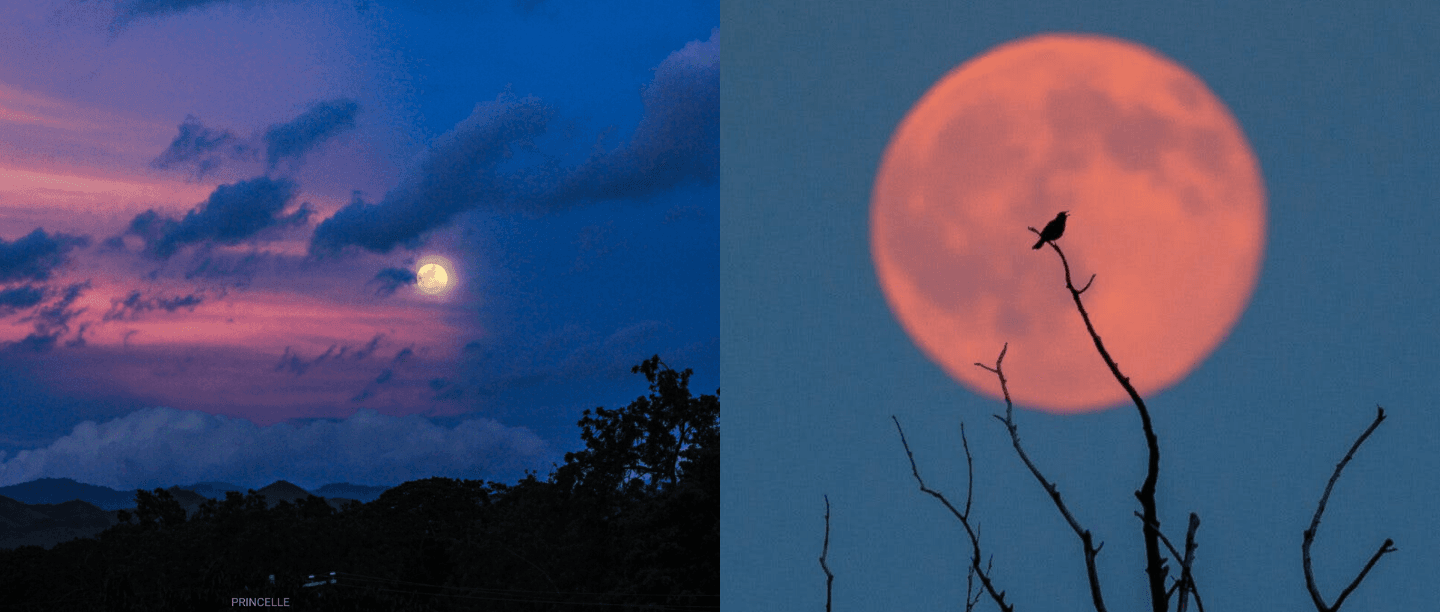The year 2020 marked the beginning of a new decade, of new hopes and new possibilities for many. But before we had a chance to enjoy this new beginning, the world was plagued with COVID-19. The novel coronavirus, however, was just the tip of the iceberg. 2020 seems to be that year when mother nature is shrieking for help, we’ve witnessed wildfires, drone fights, riots, cyclones, mass extinctions, earthquakes and locust attacks. Nothing seems to shock us anymore. But if there’s one upside to being confined to our homes for close to half of the year, it is that we’ve learnt to find joys in everyday moments. Moments that we normally would have overlooked. Things like mother nature, the birds, the bees, sunsets and celestial events (that aren’t meteors bigger than the Empire State Building). Coincidentally, coinciding with World Environment Day 2020, the universe has decided to grant us some respite from this post-coronavirus world.
People in Asia, Europe, Africa, Australia, South America, Pacific, Indian Ocean and Antarctica will be able to witness this gorgeous celestial event known as the ‘Strawberry Moon Eclipse.’
This week another stunning full moon, otherwise known as the Strawberry Moon 🍓(also know as the Rose Moon) will appear in Scotland on Friday, June 5 at 8:12pm #StrawberryMoon #science pic.twitter.com/4JT9QHyJeV
— ChrystonScience (@ChrystonScience) June 2, 2020
This is a penumbral eclipse, which means that the earth is in between the sun and the moon and it forms a line. This line isn’t straight and therefore a shadow is formed. This shadow is called the penumbra.
Astronomers have coined the term ‘ Strawberry Moon Eclipse’ for this beautiful lunar eclipse because the full moon of June is associated with the season when the fruits ripen.
While the moon won’t appear bigger during this eclipse, it will turn a shade darker. According to media reports, the eclipse will start at 11.15 pm (IST) on June 5 and reach maximum eclipse at 12.54 am on June 6. This is the moment when the faint shadow will engulf the moon. The eclipse will end at 2.34 am on June 6, 2020.
This eclipse is the second one in 2020. There are two more lunar eclipses that will occur in July and November. And a solar eclipse on June 21.
Here are some stunning images from parts of the world that have already witnessed the phenomenon
Tonight's #StrawberryMoon just before the clouds rolled in. pic.twitter.com/r5OhPt4frP
— Sabrina (@gardinier79) June 5, 2020
#StrawberryMoon Beardsley MN 6-5 @BobVanDillen @weatherchannel @WeatherNation @amhq @JenCarfagno @spann @StormHour @wccoweather #mymorning @FOX9 @ian_leonard @JimCantore @GarofaloWX @accuweather @mark_tarello #mnwx @KSTP #fullmoon @StephanieAbrams pic.twitter.com/ZYyon5Etc1
— Carol Bauer (@carolbauer320) June 5, 2020
The full strawberry moon in all its glory. Thanks to Dave Kriegler for this. Just stunning. #strawberrymoon #fullmoon #alwx @WKRG pic.twitter.com/Aaaji8znld
— Ed Bloodsworth (@WKRGEd) June 5, 2020
The #StrawberryMoon on the rise over #MountLafayette. #FranconiaNotch #FullMoon #NewHampshire pic.twitter.com/fiwAJYo1vT
— Lorna Colquhoun (@mzwrite) June 5, 2020
JUNE 05 🌚🌝 #moon #StrawberryMoon pic.twitter.com/fP6pYJqTWk
— 매 서 전 ‘GA’ (check my pinned tweet) (@maeshiyah) June 5, 2020
Amazing pic.
Take a few moment to look up in the sky today🤗#StrawberryMoon https://t.co/JYeUpgSTlw— Redmoon (@Redmoon003) June 5, 2020
The good news is that the eclipse is safe to be seen with the naked eye.
Finally, some Friday night plans that we can get on board with – Rosé & sky gazing!
Featured Image: Twitter



